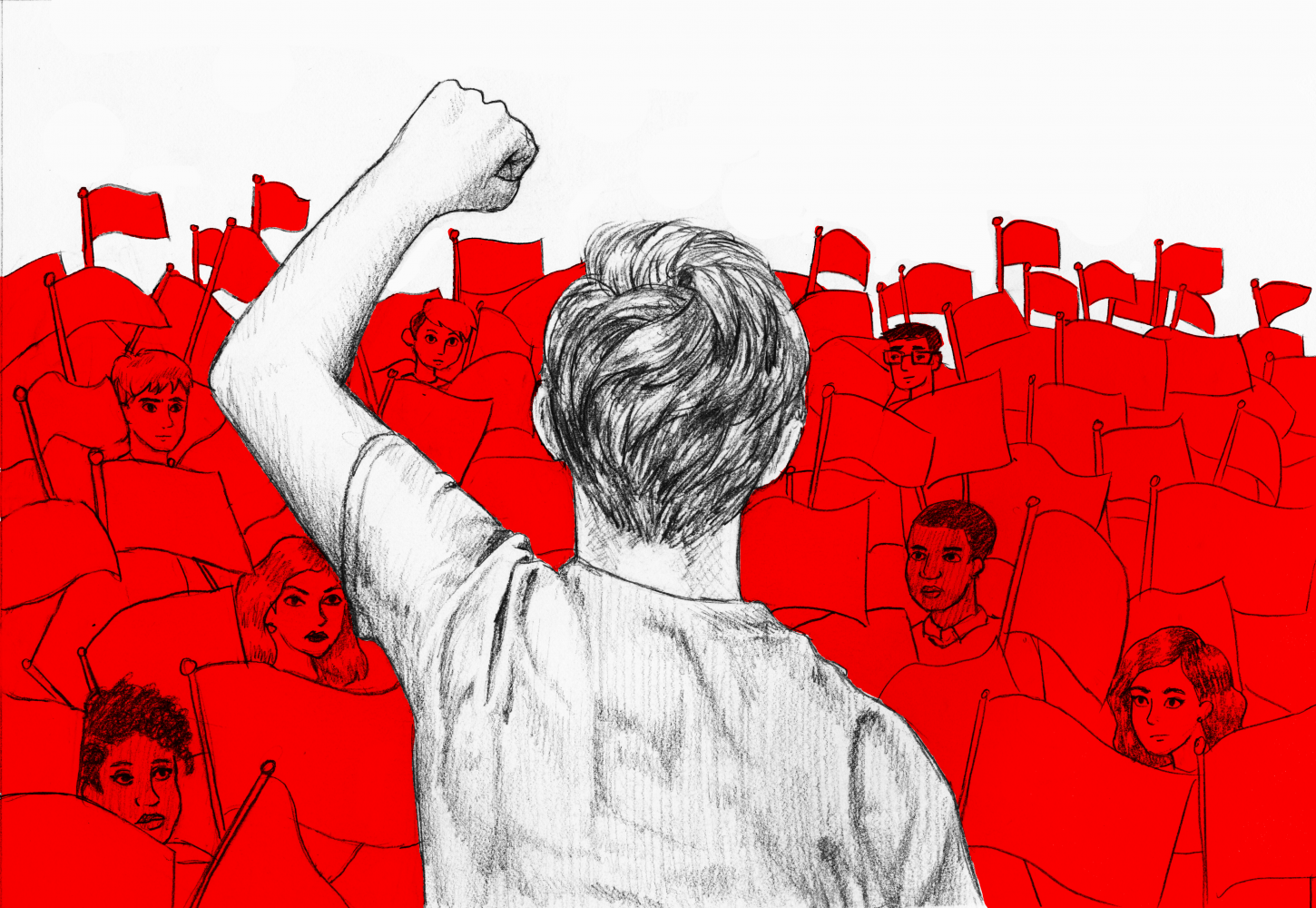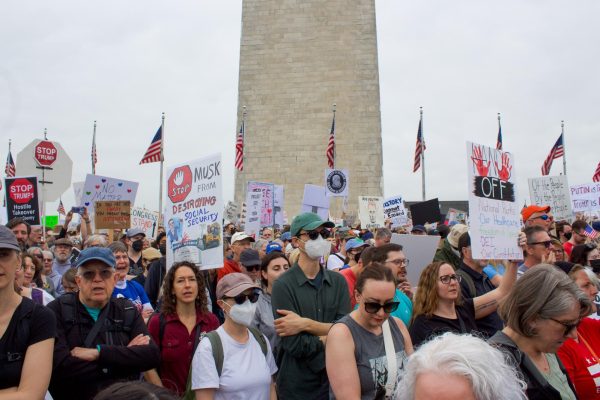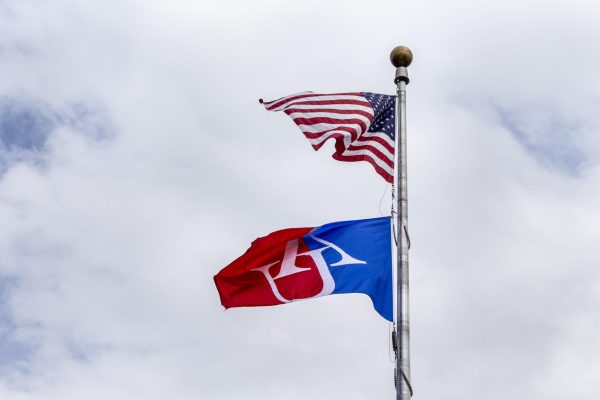Painting the Town Red: The Rise of Left-Wing Populism
On both the left and the right, populists are revolting around the world. Right-wing extremists have scored stunning victories with Brexit and the election of Donald Trump, but the left is looking to make a comeback. Beginning with the rise of the Tea Party in 2009, we are entering a new phase of populist politics. While the media has primarily focused on the rise of the right, the left is also experiencing a surge in popularity.
Capitalism no longer means what it used to for many people and the same can be said for socialism. The ever-globalizing world driven by neoliberal economics — the idea that the private sector should control the economy — has driven down the value of labor and exported jobs to nations which have little to no minimum wage. This has stoked populist anger on both the left and the right, which is why trade deals like NAFTA and the TPP were adamantly opposed by both Sanders and Trump during their presidential campaigns.
“I think the promise of the past twenty years of [neoliberalism] has been proved [sic] to be pretty bankrupt,” said Christian Sweeney, a deputy director at American Federation of Labor and Congress of Industrial Organizations (AFL-CIO), the largest federation of unions in the U.S. “Look at the rise of student debt, the lower rates of homeownership, stagnant wages, it’s just not working, so people are dissatisfied and feel like they’ve been sold a bill of goods.”
The American Left has revamped the conversation on the failures of the Washington Consensus, the issues with free trade policies and structural inequality both internationally and domestically.
The perceived failures of neoliberalism has pushed Americans to both ends of the political spectrum, with a growing number of citizens, mostly young Americans, turning to socialism. A 2016 Harvard University survey found that 51 percent of millennials — young adults between ages 18 and 29 — do not support capitalism and 33 percent supported socialism.
“We have people joining [us] everyday,” said John Bachtell, National Chair of the Communist Party USA. “The politics of the country has shifted in a progressive direction.”
After decades of repression during the McCarthy-era politics of the Cold War, socialism is becoming more politically acceptable to the American public. Sanders, a self-described democratic socialist, is now one of the most prominent figures in American politics and has helped redefine the term.
But Bachtell says that many people still hold lingering feelings of anti-communism from the Cold War, when socialism and communism were almost criminal. His party faces an uphill battle to re-engage older generations in mainstream American politics.
Whether or not Americans’ views on socialism have changed, Trump’s election has caused many leftist groups to rally at protests against him. At the grand opening of Trump’s new hotel in Washington, D.C., left-wing organizations across the political spectrum attended in protest of Trump. The more radical Act Now to Stop War and End Racism (ANSWER) Coalition, as well as the more moderate AFL-CIO both protested the President-elect’s campaign as well as his mistreatment of workers.
“It would be an enormous setback for the American people,” said Bachtell about a Trump presidency, “You have this collection of fascists and extreme rightists gathered around his campaign … you can only imagine what would happen with his cabinet with extreme rightists in the Justice Department. … It would be a tremendous setback for the American people and democracy. … Unleashing this tendency towards violence, towards degrading women, towards scapegoating immigrants and Muslims, he would raise levels of misogyny and racism in the county. … It’s almost unimaginable to have him be president.”
“Socialism [will be] an important political force in America going forward,” Bachtell said.
While millennials may feel more comfortable with socialism, this may not reflect the majority of the country. A Gallup poll last May found that 60 percent of Americans have a positive view of capitalism, while only 35 percent of Americans have a positive view on socialism. There are quite a few reasons why many Americans are still suspicious of the socialism.
“When I hear things like ‘socialist,’ I think of white middle class men who read a lot,” said Lauren Peressini, a junior studying international relations and sociology at American University and a member of left-leaning Fossil Free AU. “I don’t really associate it with meaningful work, I think of it as more theoretical.”
While Peressini dislikes the current capitalist system, she isn’t sold on traditional socialism as a viable alternative. Even so, she predicts that socialism, and discontent with capitalism, will continue to rise.
But not everyone is sold on the idea that capitalism is on the decline.
“Capitalism is the best system for generating more economic growth,” said David Lublin, a government professor in American University’s School of Public Affairs. “Most proponents of capitalism would argue that making [capitalism] work well actually requires regulation to have efficient and fair open markets.”
Overall, regardless of political party, Americans want to see equitable growth. Whether this means a pivot towards populist protectionism, increased government oversight in the economy, or a retrenchment of neoliberal economic policies. Americans want prosperity and their changing politics will reflect that.
“I think there is an increasing [want] to see government take action to ensure that people have a better standard of living and greater opportunities within the system, [like] raising the minimum wage and improving access to education,” Lublin said. “From my perspective, America doesn’t look so bad.”










